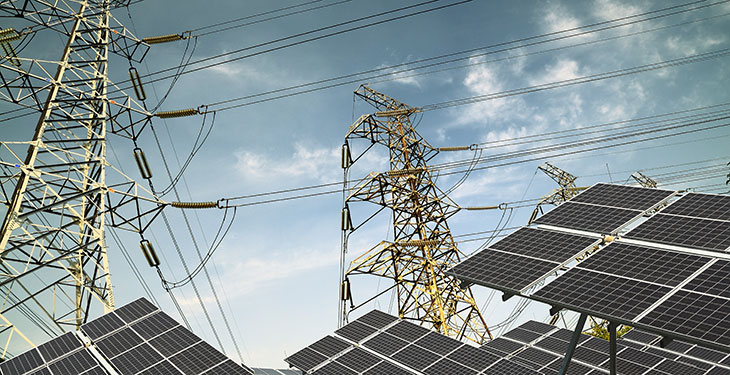Transelectrica has updated its electricity grid development plan for the next ten years, until 2030. However, even in the “green” scenario, the national grid operator is considering installing wind and photovoltaic production capacity at a level three times smaller than the one assumed by Romania at the European Commission through the National Integrated Energy and Climate Change Plan (PNIESC), writes e-nergia.ro.
PNIESC, in its revised form and sent to the European Commission at the beginning of this year, provided a commitment from Romania that, by 2030, new 2,300 MW wind and 3,700 MW photovoltaic capacities should be installed. So, about 6,000 MW.
Transelectrica recently updated the ten-year network development plan (TYNDP) for the period 2020-2029. There are several network development scenarios in it, depending on the new electricity production capacities that will appear. In the plan there is a “green” scenario for the evolution of production capacities, in which, however, the transmission and system operator estimates that only 1,100 MW of wind and 900 MW of photovoltaic capacities will be put into operation in the period 2020-2029. So, a total of 2,000 MW, three times less than what was promised through PNIESC.
Transelectrica estimates that, at the end of the decade, in this scenario, the hydroelectric pumped storage plant from Tarnița (1,000 MW) will be operational, amid the development of a third nuclear unit at Cernavoda. And, in addition, the appearance of 1,300 MW new in hydroelectric power plants is estimated.
In total, in this scenario, Romania would have an installed capacity of about 23,400 MW by 2029, compared to below 19,700 now.
